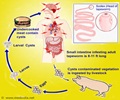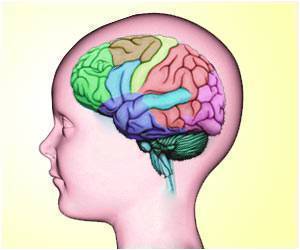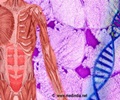Seizures and migraines may in fact be linked as they could be produced by a single gene mutation.

However, a team of engineers and neuroscientists looked at the brain from a physics viewpoint and discovered a link between the two. Steven J. Schiff, director of the Penn State Center for Neural Engineering, said that they realized that no one had ever kept proper track of the neuronal energy being used and all of the ions, the charged atoms, going into and out of brain cells.
Potassium and sodium contribute the ions that control electricity in the brain. The Penn State researchers added fundamental physics principles of conservation of energy, charge and mass to an older theory of this electricity. They kept track of the energy required to run a nerve cell, and kept count of the ions passing into and out of the cells.
Schiff said that they knew that some people got both seizures and migraines. Certainly, the same brain cells produce these different events and they now had increasing numbers of examples of where single gene mutations could produce the presence of both seizure and migraines in the same patients and families. So, in retrospect, the link was obvious.
Adding basic conservation principles to the older models immediately demonstrated that spikes, seizures and spreading depression were all part of a spectrum of nerve cell behavior. It appeared that decades of observations of different phenomena in the brain could share a common underlying link.
While the initial intent was to better model the biophysics of the brain, the connection and unification of seizures and spreading depression was an emergent property of that model, according to Schiff.
Advertisement
The study is published in the Journal of Neuroscience.
Advertisement















